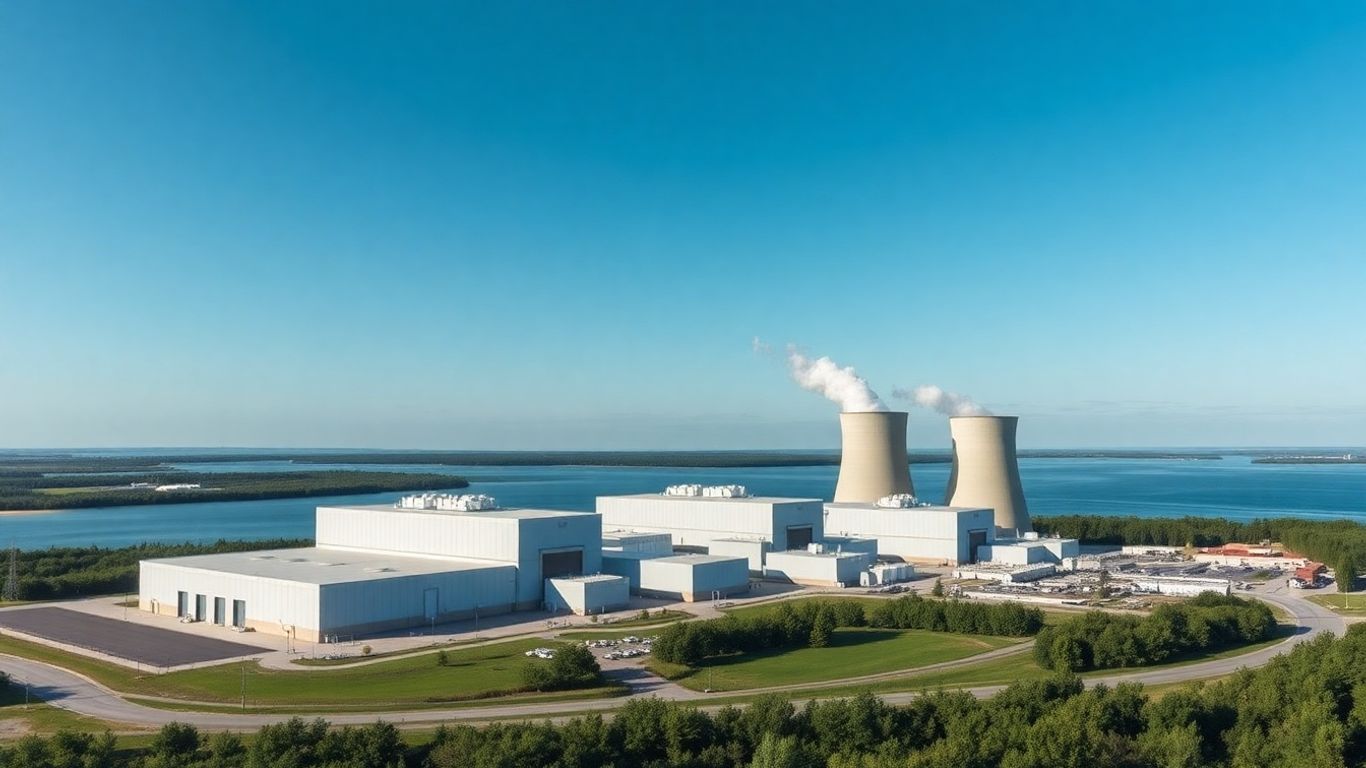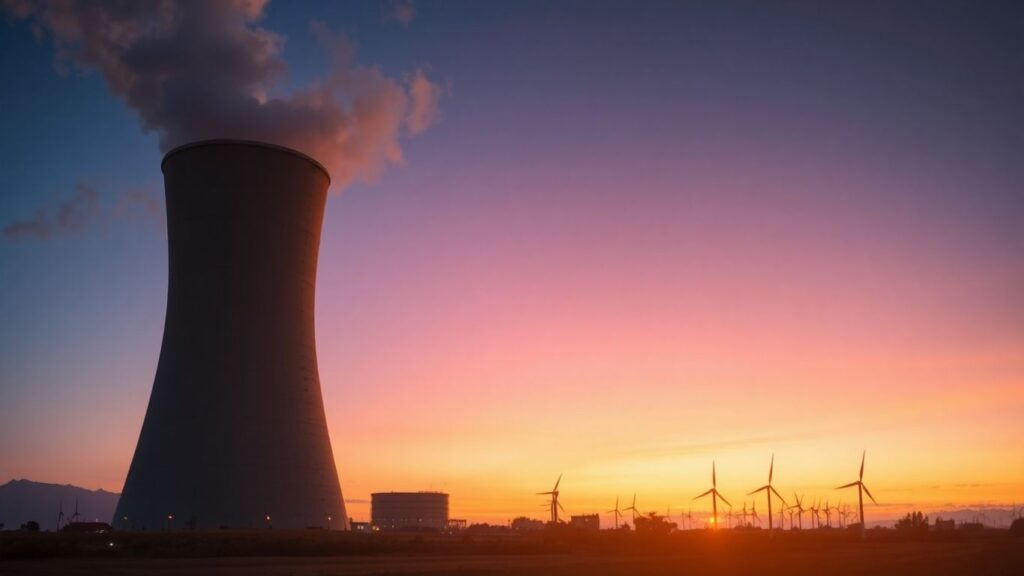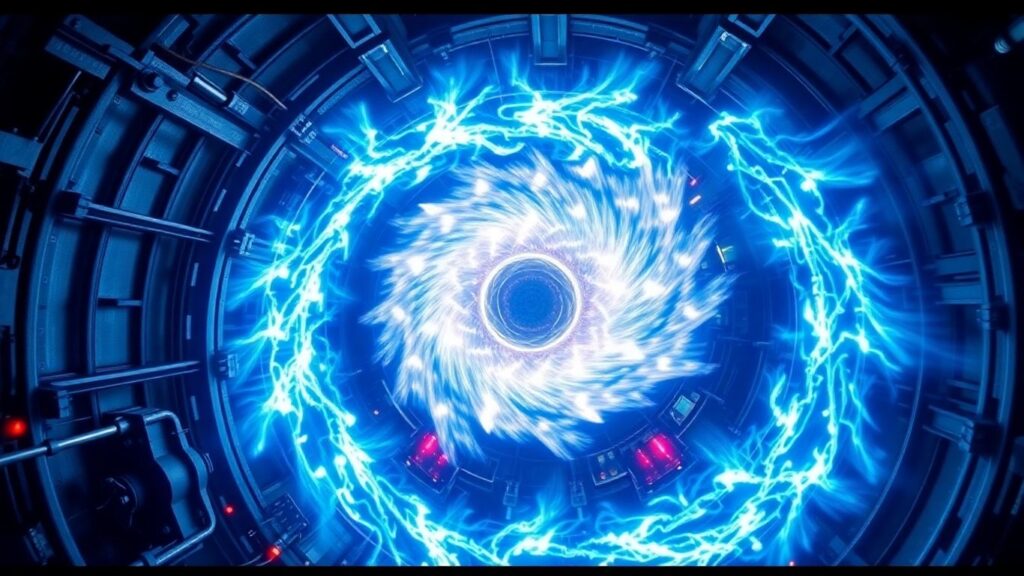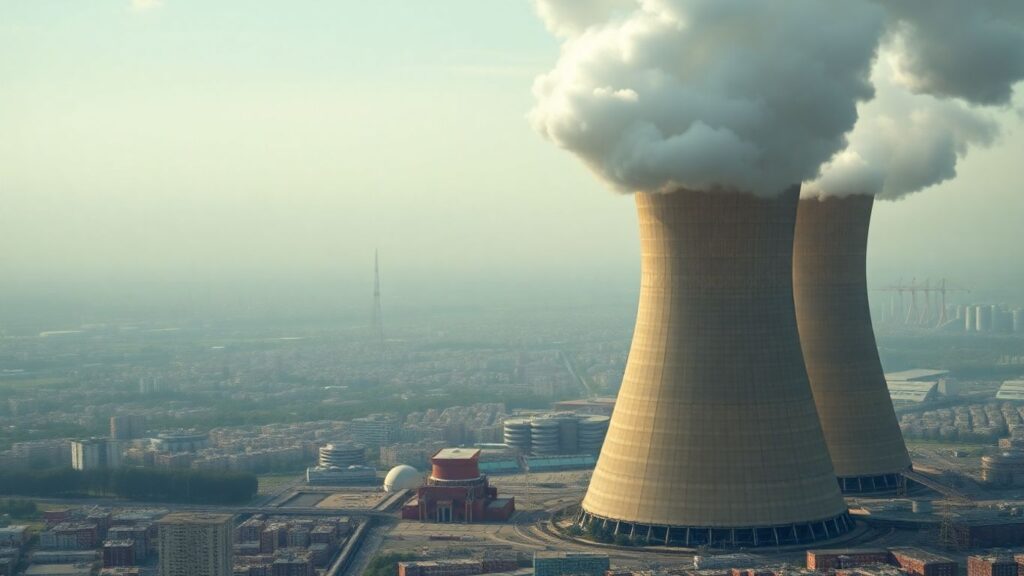Ontario has launched the construction of the first small modular nuclear reactor (SMR) in any G7 nation, positioning itself at the forefront of clean energy innovation. With the provincial government vigorously backing this venture, Ontario is set to expand its nuclear capacity to meet soaring demands for reliable, low-carbon electricity.
Key Takeaways
- Ontario begins building the first SMR in a G7 country, leading on nuclear innovation and clean energy.
- The province plans to nearly double its nuclear output to address rising electricity needs.
- Nuclear energy is central to Ontario’s carbon-neutral and electrification ambitions.
Ontario’s Ambitious Nuclear Expansion
Ontario is responding to projections that electricity demand will double over the next 25 years. This surge is driven in part by the auto sector’s shift to electric vehicles and a wider push for carbon reduction across industries. The government’s latest moves include:
- Starting construction of Canada’s first commercial SMR at Darlington.
- Planning for three additional SMRs at the same site, collectively enough to power over 1.2 million homes.
- Initiating studies to refurbish the aging Pickering Nuclear Generating Station.
- Announcing the near doubling of output at Bruce Power, the world’s largest nuclear station.
The Case for More Nuclear Power
Nuclear energy currently supplies more than half of Ontario’s electricity, with hydro making up most of the remainder. Officials, including Ontario’s Minister of Energy, argue that nuclear remains unmatched for providing stable, emissions-free power 24/7. The provincial government sees new and refurbished reactors as essential to electrifying its economy while keeping the grid carbon-neutral by 2050.
Federal support has also been ramped up, with investment tax credits for clean power infrastructure, including nuclear, championed by Prime Minister Justin Trudeau.
Economic, Environmental, and Social Impacts
Major investment is on the horizon, with estimates suggesting Ontario could spend up to $400 billion by 2050 as it overhauls and expands its electricity infrastructure. The nuclear sector alone is projected to create hundreds of new jobs in communities such as Cambridge and the Darlington area.
Low-carbon electricity is already attracting notable international investors, including major automakers setting up electric vehicle and battery plants in Ontario, citing the province’s clean and reliable power as a deciding factor.
Debates and Concerns Ahead
Ontario’s heavy focus on nuclear has sparked debate. Some experts question whether alternative clean energy sources are being sufficiently considered, given rapid advances in green technology and concerns over costs and nuclear waste management.
Critics also highlight the long-term commitment of nuclear projects; decisions made today could shape Ontario’s energy landscape for a century or more. Yet, proponents argue that nuclear, alongside hydro, is Ontario’s best bet for affordable, reliable, and climate-friendly electricity.
What’s Next?
The provincial government’s next decision will be whether to refurbish four reactors at Pickering for decades of additional service. With construction underway on the SMR and further expansions planned, Ontario is poised to enter a new era of nuclear-powered growth while contributing to Canada’s emissions-reduction goals.
Sources
- Ontario Newsroom, Ontario Newsroom.
- Ontario Newsroom, ontario.ca.
- Ontario prepares to go big on nuclear, with demand for electricity poised to soar, CBC.












